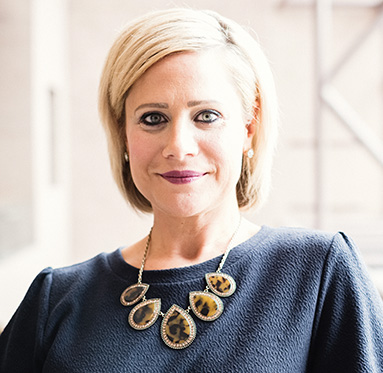February 16, 2021
This is the second installment of a two-part series exploring 2021 social media trends identified by eMarketer. To read the first post, click here.
A key theme among the top five trends identified in the first part of this series was video – social entertainment, user-generated content, evolution of “stories” and more. What other trends round out the top 10 as predicted by eMarketer? Let’s take a look:
1. Brands will go back to basics. The pandemic forced many brands to postpone their planned campaigns, which gave way to an increased focus on organic engagement with consumers on their own social channels. For example, a social listening program for KitchenAid discovered that people who were stuck at home were using social media to share what they were cooking up in their kitchens. That insight gave way to KitchenAid’s #MakeItTogether campaign. (You can read more about why I think social listening is so important here.) As the chart below illustrates, senior-level communicators have increased their reliance on social media by nearly 30%.

2. Byyyyeeeee, cookie cookie. The demise of the third-party cookie for tracking means marketers are likely to put dollars where they *can* be tracked – on social platforms that boast logged-in users. Marketers will need to evolve their strategies to find ways to gather first-party data and are likely to turn to platforms that can offer a data clean room – where the platform and the advertiser can share data about their users in a privacy-safe way.

3. Social commerce will get stuck at checkout. While social media users like to use these platforms to discover and browse products, more than 54% of internet users said they had no interest in making purchases directly from social media. (I’m apparently in the 46% that has gotten suckered into an Instagram ad or 12.) Here again, livestreaming shopping and shoppable ad formats will help increase the number of customer touch points – but it’s more likely the purchases will be made on a company’s website than through a social media platform (58% likelihood vs. 19% likelihood, respectively). That means your website needs to be easy to navigate and shop.
4. Influencer marketing will grow. eMarketer estimates that 68% of US marketers with 100 or more employees will use influencers for paid or unpaid brand partnerships this year. The interest in working with influencers continues to increase year-over-year – as do the budgets. A Kantar study found senior marketers expect to increase budget allocation for influencer programs by 48% in 2021. This makes sense, given some of the other trends identified on this list.
5. Wearables will crawl, but probably won’t walk. Facebook will launch a couple of augmented reality offerings this year, and it’s likely Snapchat and others may join in the mix too. The rationale? The pandemic proved there’s demand for AR types of experiences, like trying on clothes, makeup and glasses. At this point, it’s probably more important for marketers to monitor which social platforms are dipping their toes in AR than it is to jump into the waters themselves, but it’s still important to start thinking about how your marketing strategies will need to evolve over the next few years.
Phew. That was a lot to digest. The eMarketer study also takes a look back on last year’s predictions to determine what they got right, what was kinda right and what they missed on. Spoiler alert: they were more right than wrong. Which means when we look back on this list of predictions next year, it’s more than likely that at least half of this list will come true in some form or another.
Which of the predictions most intrigue you? Drop me a line – or find me on Twitter – and let’s get social.


